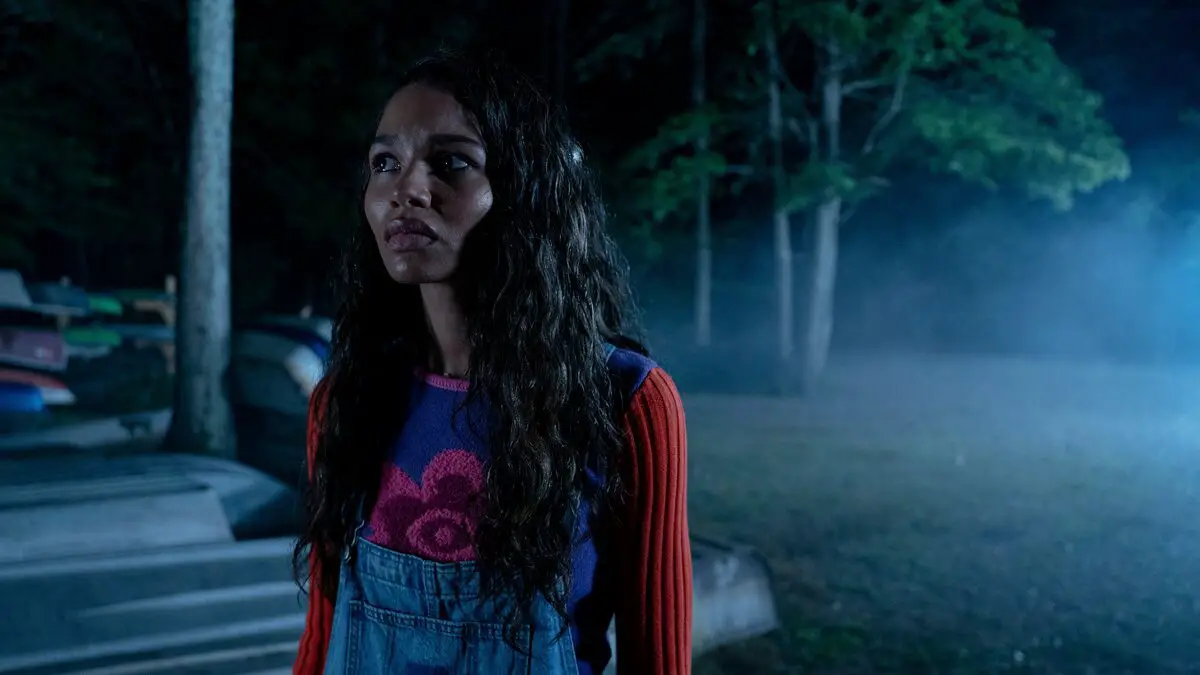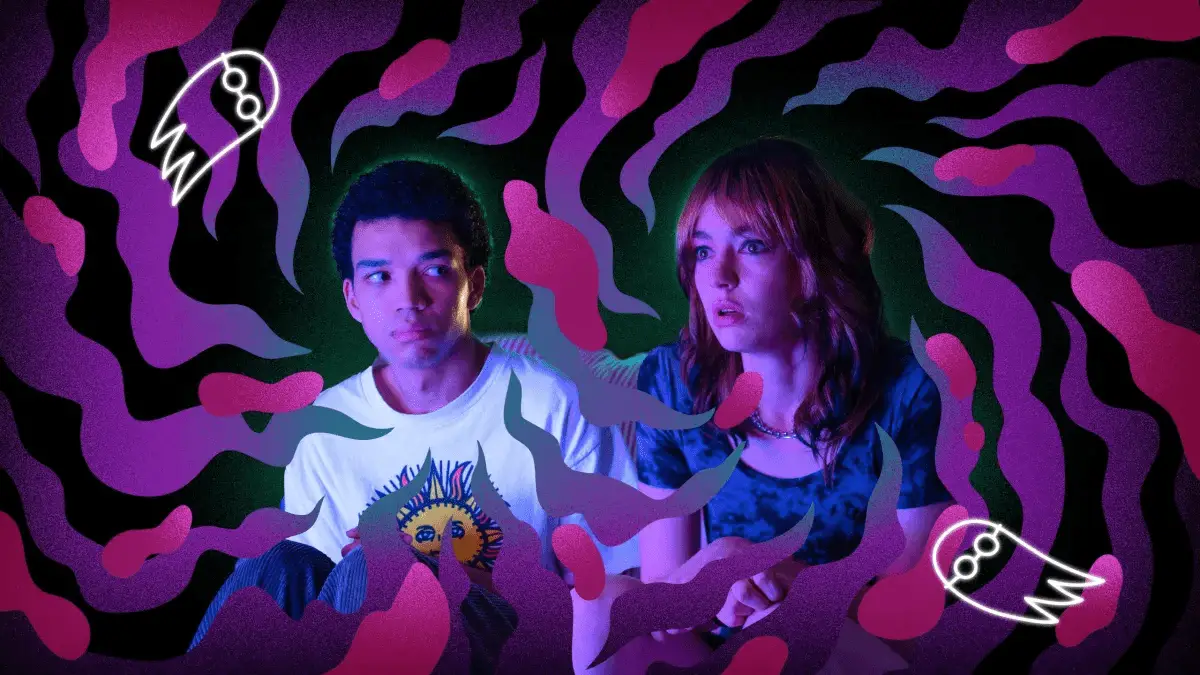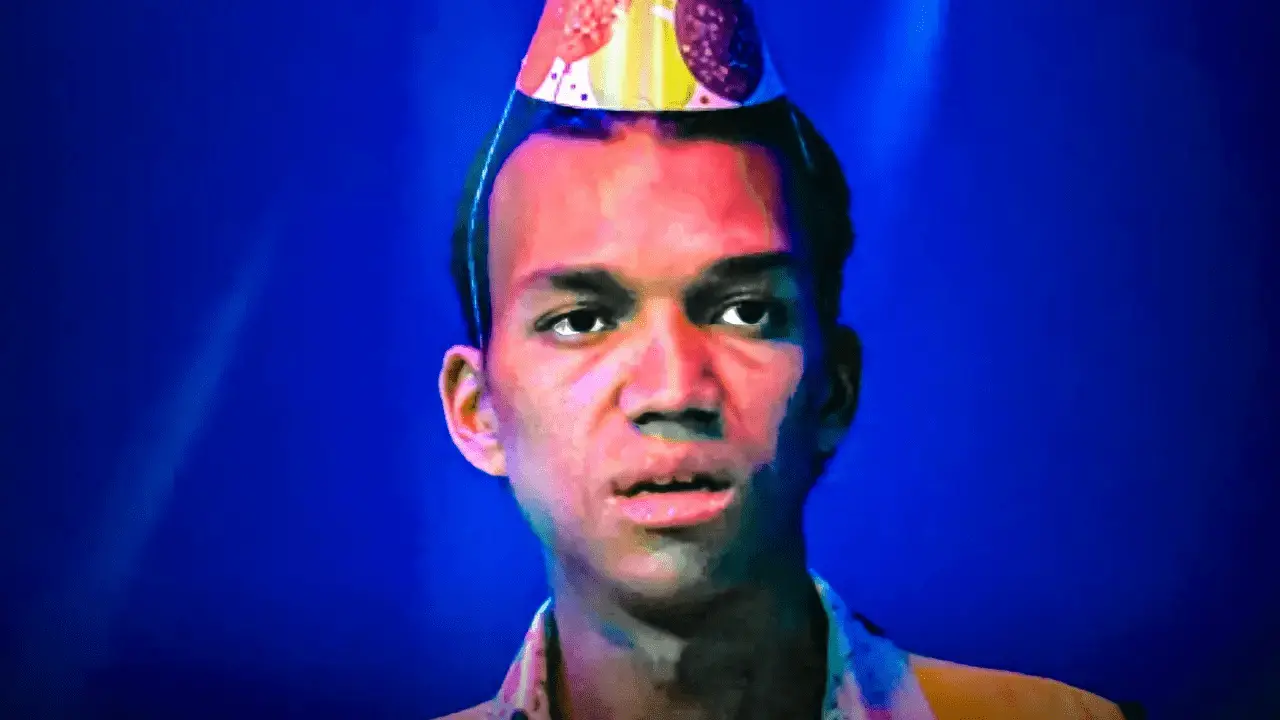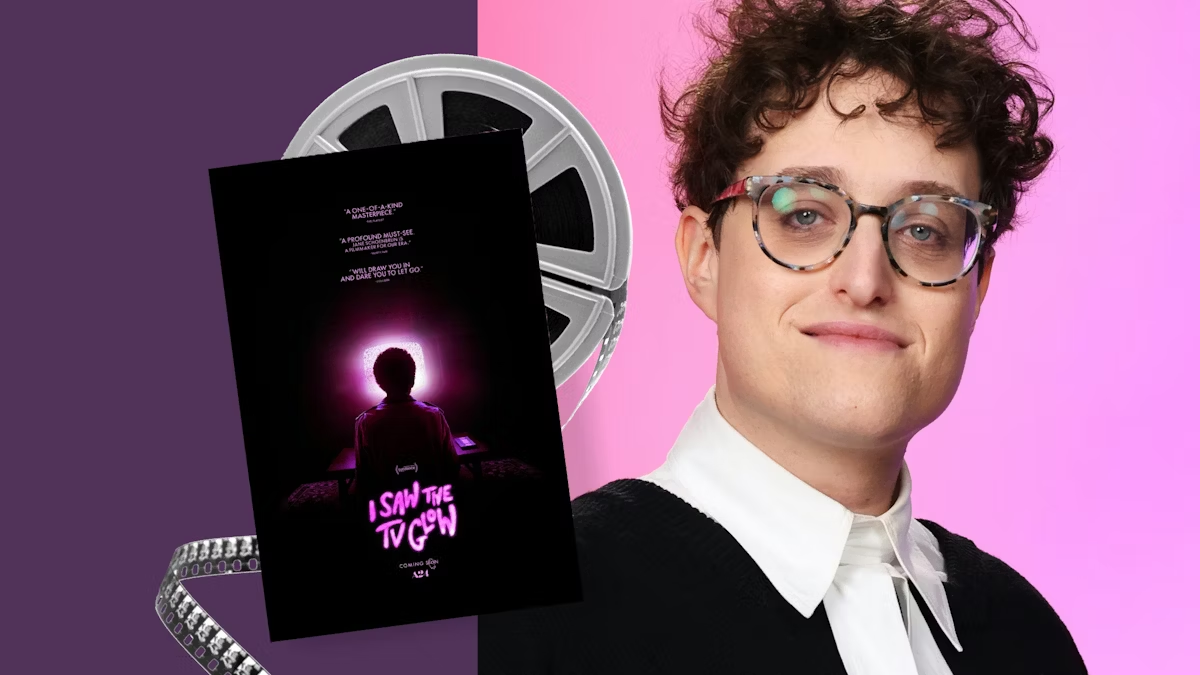
For better or worse, television remains a central fixture of modern American life. The average American spends at least 33 hours per week watching television. This viewership includes children ages 8-12 and teenagers ages 13-18, whose audience behavior is on par with adults.
I Saw the TV Glow, one of the latest releases from A24 studio, wrestles with the influence of television on culture and youth without providing a straightforward answer about its merits. The film presents television as a formative part of the coming-of-age experience, a means by which people form relationships, and a storytelling device one can use to cope with one’s problems. However, television is also depicted as having addictive qualities and unable to serve as a proper substitute for human connection.
Discovering ‘The Pink Opaque‘

Directed by Jane Schoenbrun, I Saw the TV Glow tells the story of Owen, a troubled teenager living in the suburbs during the ’90s. Owen, who feels uncomfortable in his own skin and experiences body dysmorphia, longs to escape by checking out television shows that air past his strict curfew. He forms a friendship with Maddy, a fellow outcast who introduces him to her favorite show, The Pink Opaque.
The Pink Opaque features two young girls named Tara and Isabel, who share a psychic connection symbolized by glowing pink ghosts drawn on the back of their necks. This dynamic duo battles supernatural opponents sent by the villainous Mr. Melancholy. As a monster-of-the-week program, The Pink Opaque riffs on popular Nickelodeon shows like Are You Afraid of the Dark?
Maddy eventually runs away from home to get away from her abusive stepfather and the oppressive world of the suburbs. Owen, who chooses not to follow Maddy, reunites with his friend two years later. During this encounter, he discovers that the line between the real world and the world of The Pink Opaque has blurred for Maddy. Maddy encourages Owen to bury himself so that they may start a new season of the show together and embrace their true identities as Tara and Isabel.
Media Serves as a Bridge

For Owen and Maddy, The Pink Opaque represents a welcome departure from their dreary daily lives. The people in their homes and schools range from cold and uncaring to downright scary. The pair find a much-needed release by relating to the warm connection shown by Tara and Isabel and poring over the lore of their beloved fictional world.
I Saw the TV Glow captures the intimacy that can come from friends hanging out late at night and sharing a love of pop culture. The sleepovers in Maddy’s grungy basement show how young people use media to bond and communicate, even when they feel awkward and uncomfortable. At one point, Maddy draws The Pink Opaque ghost symbol on Owen’s neck, making Owen feel, perhaps for the first time, genuinely recognized by another person.
The biggest allure of television for Owen and Maddy is that it allows them to discuss and explore their sexual orientation and gender identity. Watching the bravery of the leads in The Pink Opaque gives Maddy the courage to admit to Owen that she “likes girls” and decide that she needs to find a more accepting community. Owen, who struggles to accept that he may be trans, gives his one smile in the film while wearing a dress similar to something Isabel would wear while Maddy acts as Tara alongside him. These rare moments of catharsis show how media can help form a bridge between people and help them navigate complex personal challenges.
Reverting to Childhood

Owen’s problem is that television loses its potency over time. In the years following Maddy’s death, Owen moves forward with his life and eventually discovers that The Pink Opaque has become available to stream. Eager to return to the iconic show after its cancellation, Owen goes into binge mode only to feel disappointed. The show’s once terrifying monsters now read as silly, and the plotlines seem dated, corny, and childish. Owen discovers that his childhood feelings colored his initial perception of the show and that it is hard to recapture the magic he once felt as an adult.
Even though he can no longer use television to fill the growing void inside himself, Owen still depends on it for comfort. Speaking directly to the audience, Owen claims he has started a family, although the viewers never see its members. Instead, they see a shot of Owen carting a brand-new big-screen television into his house. Whether or not Owen’s new family truly exists, he uses media to fulfill his need for connection.
Owen’s obsession with television becomes most striking during the film’s conclusion. As an employee at a children’s fun center, Owen experiences a panic attack and screams in the middle of a birthday party celebration. Embarrassed by the outburst, Owen retreats to the bathroom and pulls his chest apart, revealing to the audience that he has fully internalized the world of The Pink Opaque. Instead of facing the suffocating nature of not embracing his true self, Owen reverts to a childlike state and embraces media to replace his authentic self.
No Easy Endings

As a trans filmmaker, Schoenbrun has said in interviews how they used cult classics like Buffy the Vampire Slayer as a part of their self-acceptance process. During these conversations, Schoenbrun acknowledges the role these shows played during a pivotal part of their life and how they brought them together with other people in similar situations.
Even with their positive associations toward some media, Schoenburn ultimately chooses to leave the message of I Saw the TV Glow ambiguous. Schoeburn has expressed their skepticism toward standard plotting and narrative structure. With that understanding in mind, it makes sense that the film ends without giving Owen a simple moral of the story. Instead, the audience is left feeling uneasy, unsure if there is a glimmer of hope left or even what is real.
Images Courtesy of A24, NPR, and Bustle
Have strong thoughts about this piece you need to share? Or maybe there’s something else on your mind you’re wanting to talk about with fellow Fandomentals? Head on over to our Community server to join in the conversation!

